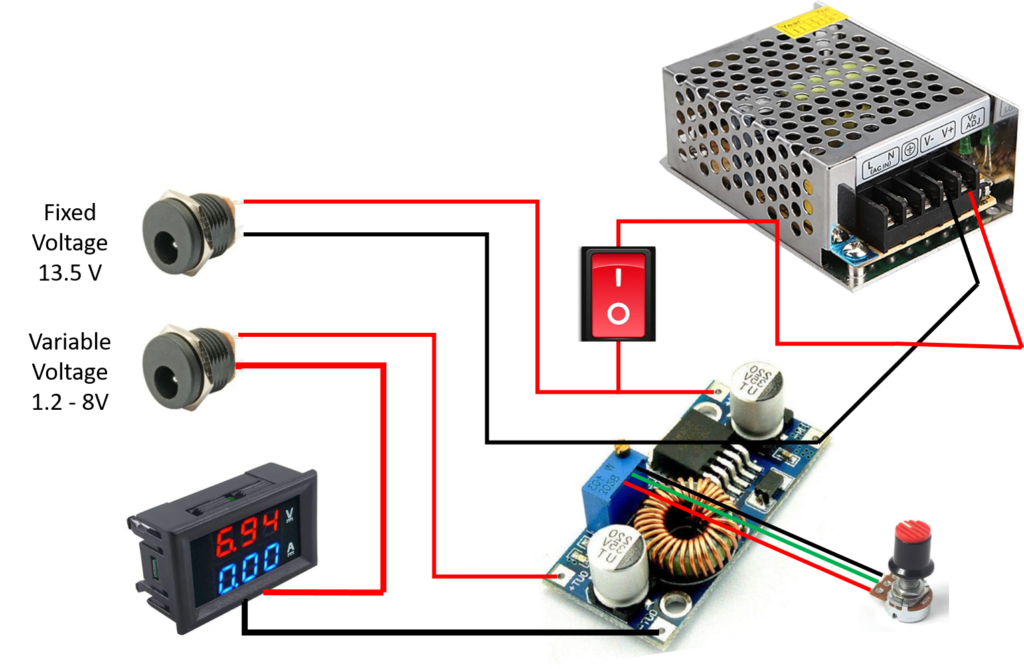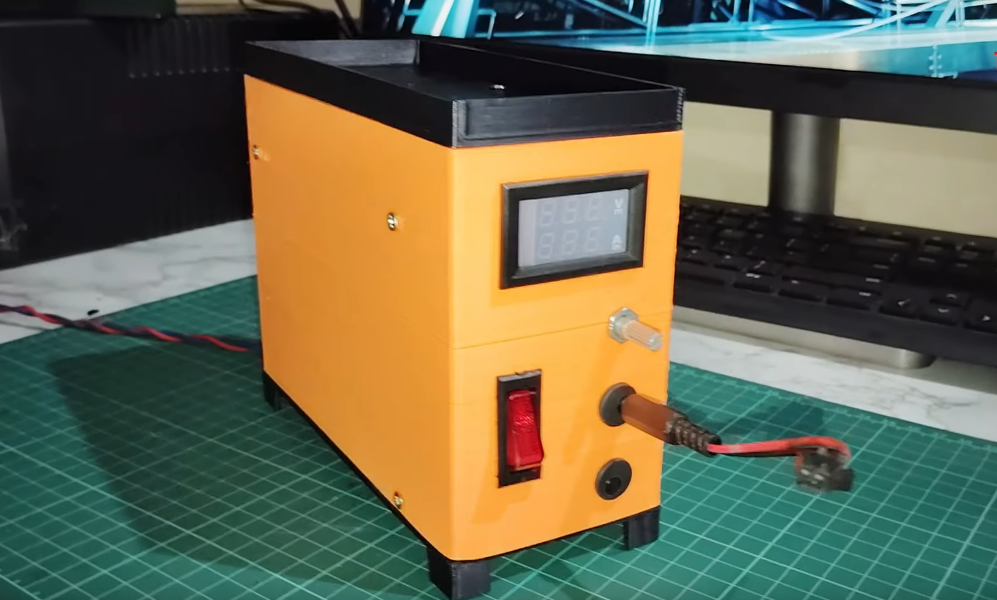DIY Variable Power Supply: In this article, I am going to share with you a DIY variable power supply, which I made to fulfill the requirement of variable powers in my DIY projects. Here, I am going to share all the components and circuit diagram with you all.
Variable Power Supply
A variable power supply for a lab bench is an essential piece of equipment in electronics labs, engineering workshops, and educational environments. It provides adjustable voltage and current outputs, allowing users to power different circuits or devices with the specific electrical requirements needed for testing, development, and experimentation.
Now I am going to share, what should be the key features in DIY variable Power Supply
Key Features of DIY Variable Power Supply
- Adjustable Voltage and Current: Users can set the desired voltage and current levels within the supply’s range, making it versatile for various applications.
- Multiple Output Channels: Many lab bench power supplies have multiple channels, enabling simultaneous testing of different circuits with different voltage and current requirements.
- Overload Protection: These power supplies often include safety features like current limiting, over-voltage protection, and thermal shutdown to protect the connected devices and the power supply itself.
- Digital Display: Most modern lab power supplies feature digital displays that show the output voltage and current, ensuring precise control.
- High Stability and Low Noise: Lab bench power supplies are designed to provide stable, low-noise power, which is crucial for sensitive electronic circuits.
But, there is a question in everyone’s mind, why can we not use fixed voltage power supply? Why do we need a variable power supply? The answer for this question is below:
Also Read: Automatic Wire Cutting Tool
Why We Need a Variable Power Supply
- Circuit Testing and Prototyping: When designing and testing new circuits, the ability to vary the voltage and current is crucial for evaluating how a circuit responds under different conditions.
- Device Calibration: Variable power supplies are used to calibrate sensors, instruments, and other devices by providing a controlled and stable power source.
- Component Testing: Engineers and technicians use variable power supplies to test components like resistors, capacitors, diodes, and transistors under different electrical conditions to ensure they function correctly.
- Education and Training: In educational settings, variable power supplies help students learn about electronics by allowing them to experiment with different circuits and understand how voltage and current affect circuit behavior.
- Troubleshooting: When diagnosing issues in electrical circuits, a variable power supply can help isolate problems by providing controlled power to specific parts of a circuit.
Now, I am going to tell you about the components and circuit of the power supply, which i made.
Components
Here is the list of all components:
- 3D Printed Case
- 12V, 5A SMPS
- DC – Dc Buck Module
- DC Jack
- On-OFF Switch
- Variable Resistor with Rotary Knob
- Nut bolts
- Wire
- Soldering setup
- 10 mm spacer (Optional)
- Volt and Ampere display
All these components are need to be assemble according to the following circuit.
Circuit Diagram

Final Product
The finally assembled DIY variable power supply is shown in the video given below. I have also demonstrated the working of this DIY bench top power supply using DC motor, submersible pump and an LED. Please watch enjoy the video given below.


1 thought on “DIY Variable Power Supply made using 3D Printing for Lab Bench”